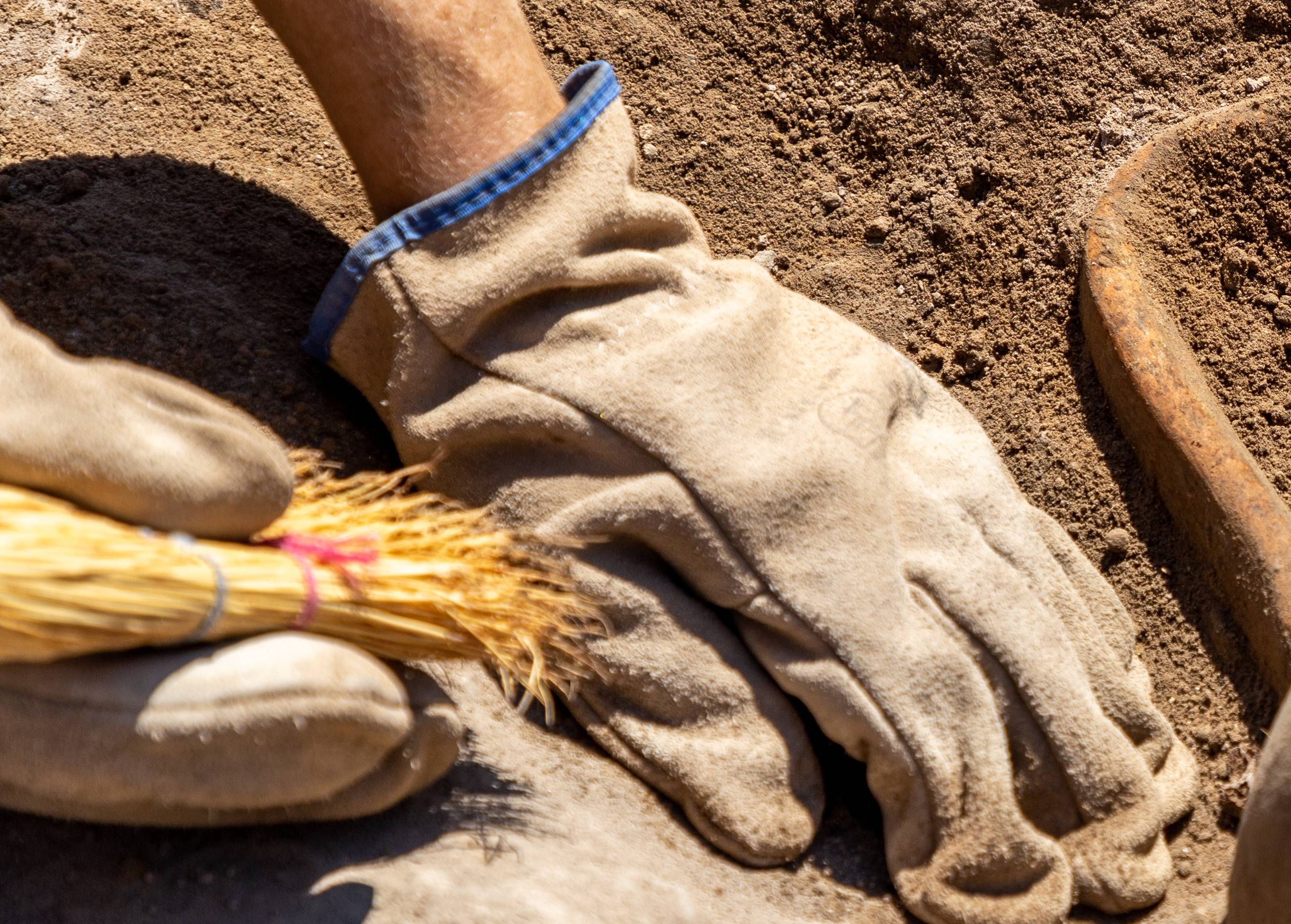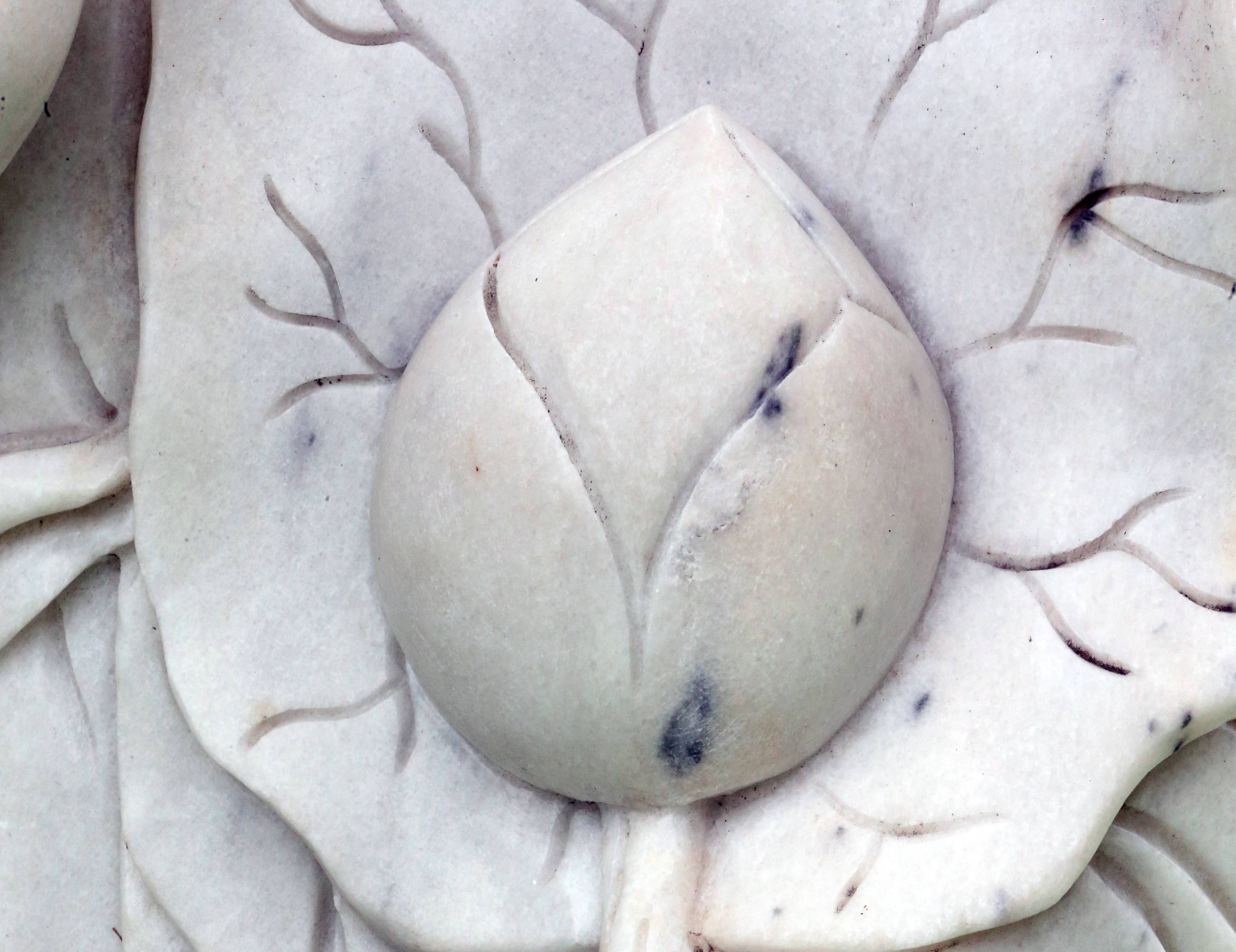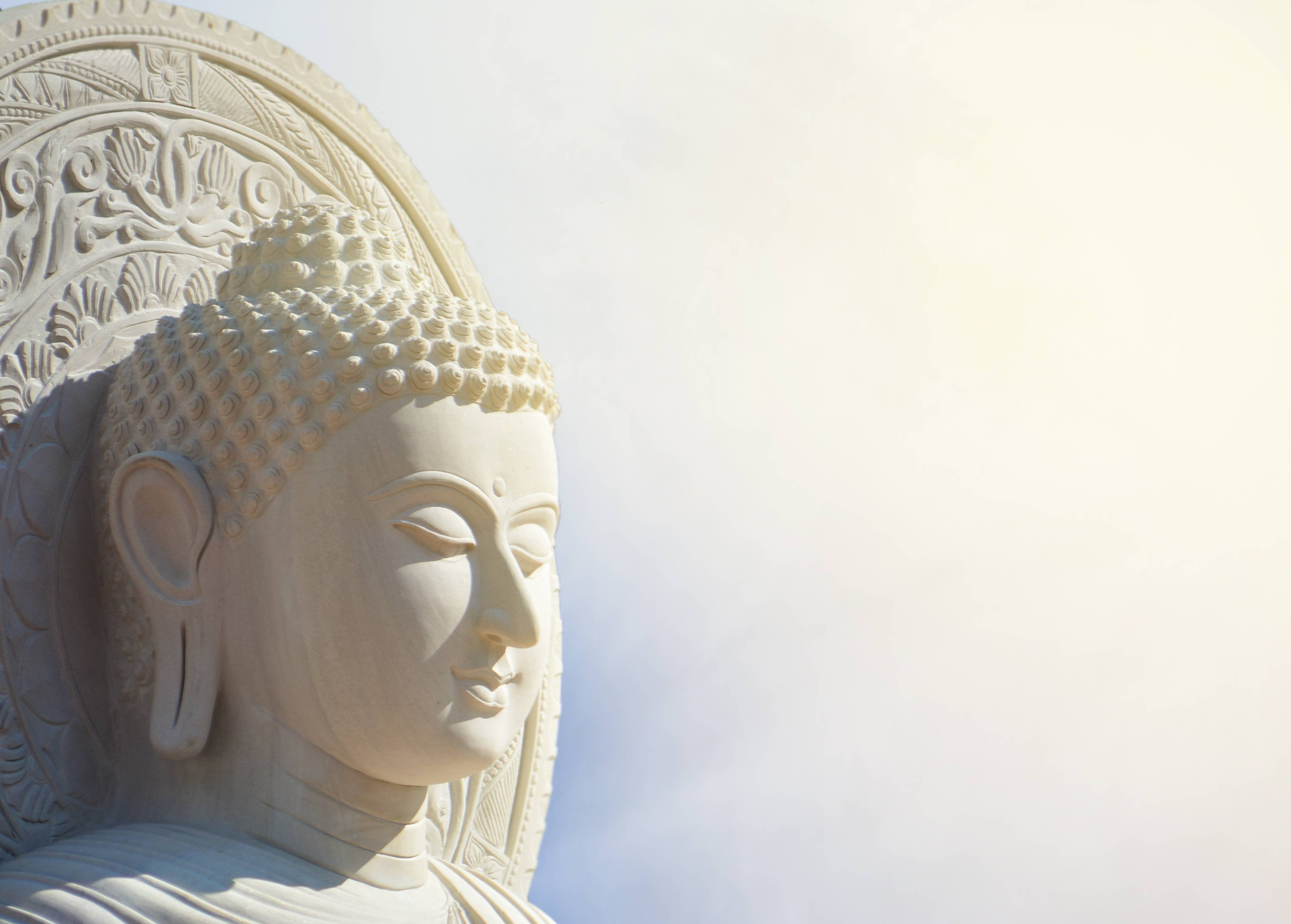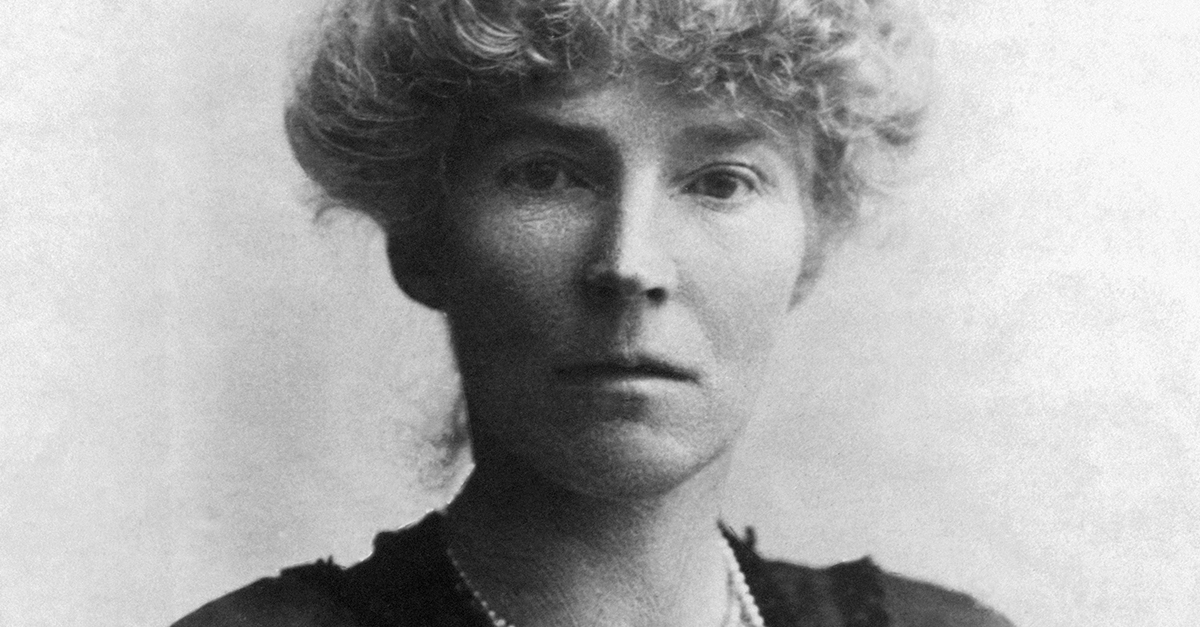The Discovery Of The Berenike Buddha
The Berenike Buddha remained lost to the sands of time for almost 2,000 years, until parts of it were unearthed in two separate archaeological digs in January 2018 and January 2022. Explore how the 28-inch tall statue could change our understanding of the history of Buddhism in the West.
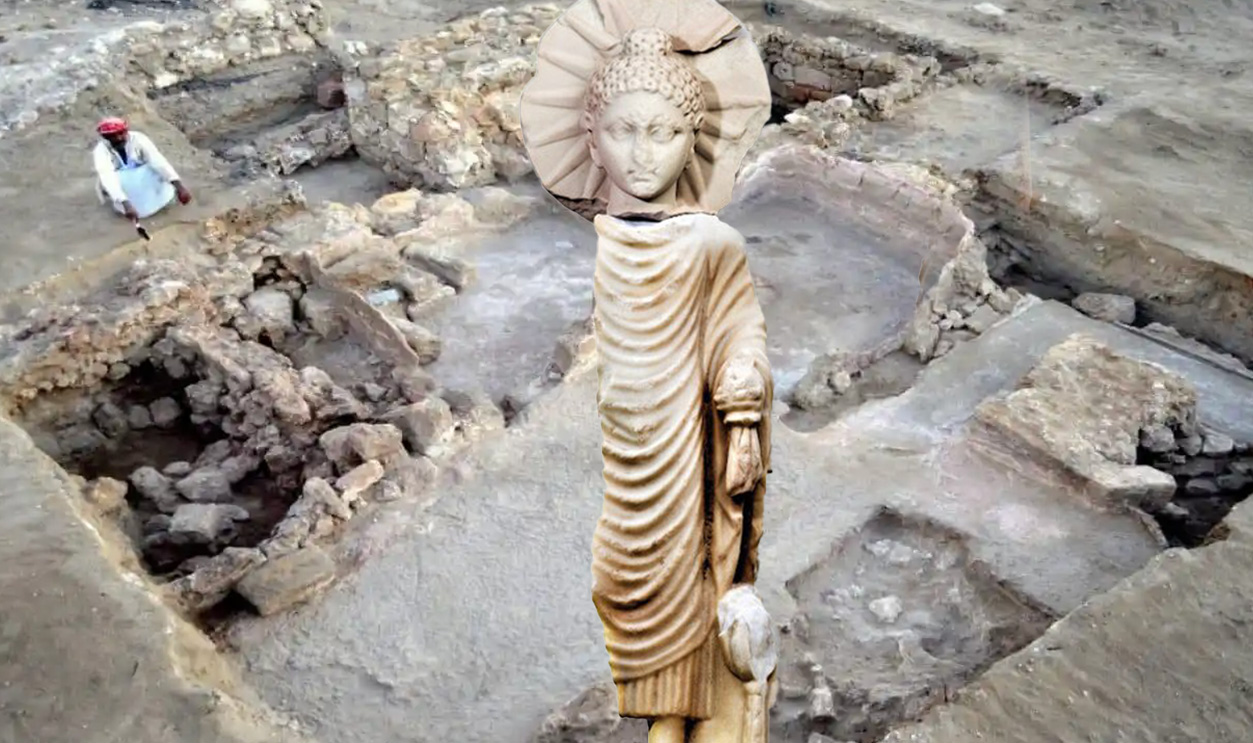
The 2018 Dig
In January 2018, archaeologists were digging in the Ancient Egyptian seaport of Berenike when they made a fascinating new discovery: parts of a statue made of Anatolian marble. The combined efforts of a Polish-American archaeological team have made incredible Egyptian archaeological discoveries since 1994.
The Ancient Seaport Of Berenike
The ancient Egyptian port of Berenike, otherwise known by its proper name, Berenice Troglodytica, was founded by Roman Emperor Ptolemy II in 275 BCE, who named the port after his mother, Berenice I of Egypt. The seaport was built on a narrow piece of shoreline that jutted out between mountains and the Red Sea.
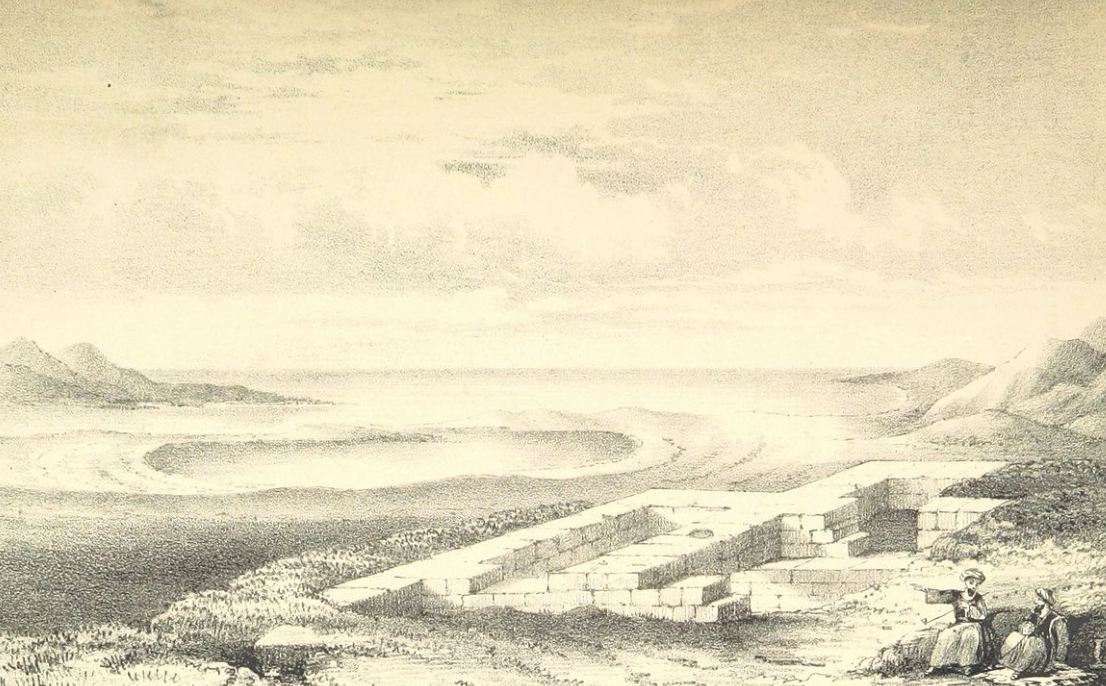 Unknown Author, Wikimedia Commons
Unknown Author, Wikimedia Commons
The Importance Of Berenike
Berenike was of critical importance to the Roman Empire as a trading post between themselves and Arabia, including most of the Indian subcontinent. This Egyptian port was Rome's only easy link to the rest of the world, including where the statue likely originated: ancient India.
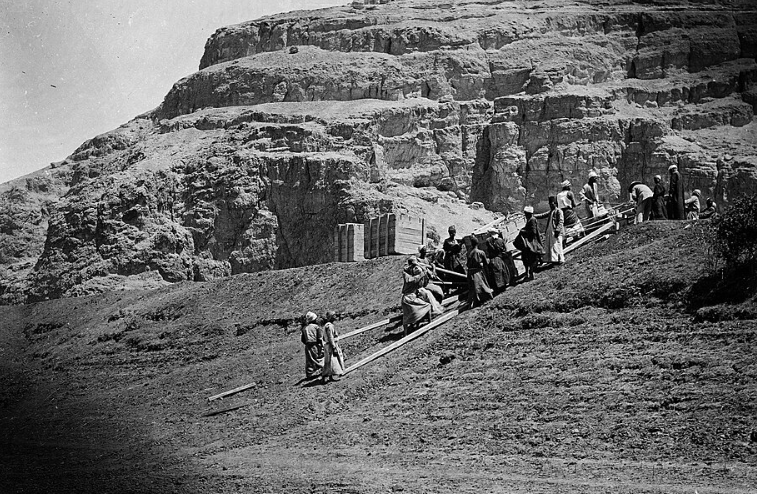 Museo Egizio, Wikimedia Commons
Museo Egizio, Wikimedia Commons
What Does The Berenike Buddha Tell Us?
In 2022, the same Polish-American team, spearheaded by the Polish Academy of Sciences at the Polish Center of Mediterranean Archaeology in Warsaw, Poland, discovered a more complete statue that matched the pieces they'd found in 2018. This left them with a 28-inch tall statue of Buddha, holding his robe in his left hand. A halo shines down upon him from above and a lotus flower is by his side.
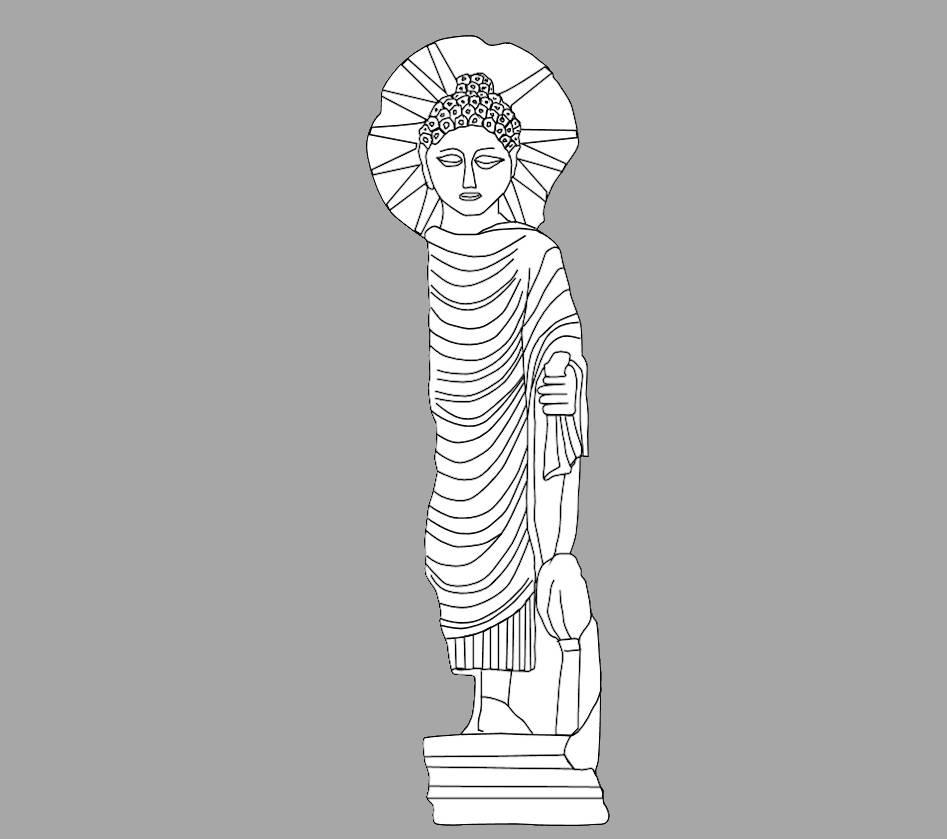 पाटलिपुत्र, CC BY-SA 4.0, Wikimedia Commons
पाटलिपुत्र, CC BY-SA 4.0, Wikimedia Commons
The Significance Of The Lotus Flower
You might be thinking, "What does a lotus flower have to do with Buddha?" Well, the lotus flower is a symbol of purity in Buddhism, seen as a symbol of rising above the "muddy waters" of worldly attachments and ascending to a higher purpose and enlightenment. According to Buddhist texts, when Gautama Buddha took his first seven steps, lotus flowers appeared.
Made In Alexandria For Trade Purposes?
Given that Berenike was a hot-bed of trading between the Roman Empire and India, when ships from India would bring spices, pepper, ivory, textiles, and other products—it's possible that the Berenike Buddha was an item to be traded by an Egyptian, as the Anatolian marble dates back to around the 2nd century CE.
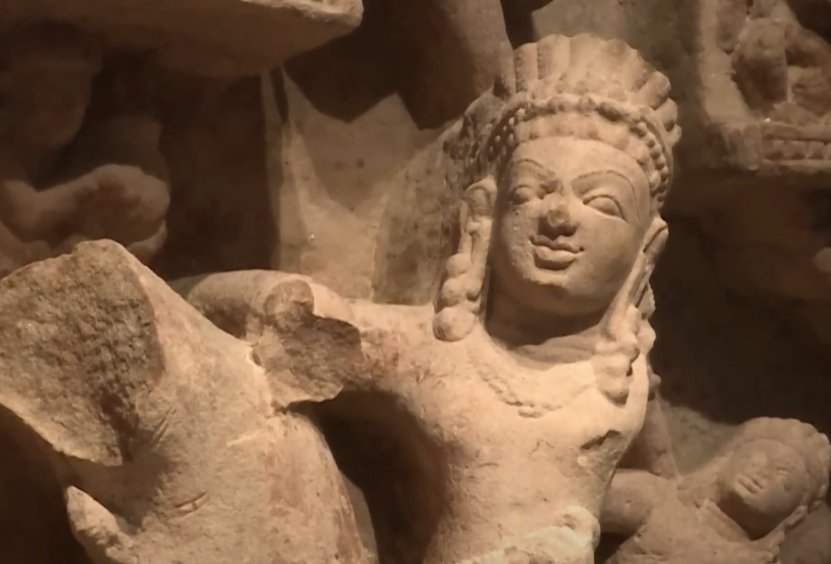 Buddha Statue in Egypt: Proof of India’s Ancient Global Links | Vantage with Palki Sharma, Firstpost
Buddha Statue in Egypt: Proof of India’s Ancient Global Links | Vantage with Palki Sharma, Firstpost
More On The Anatolian Marble
One of the curious things about the Buddha statue is that it was made from Anatolian marble—meaning the statue was either carved on the Asia Minor Peninsula, south of Istanbul, or it may have been carved by a local resident, with marble brought in by the Roman Empire through the busy port city.
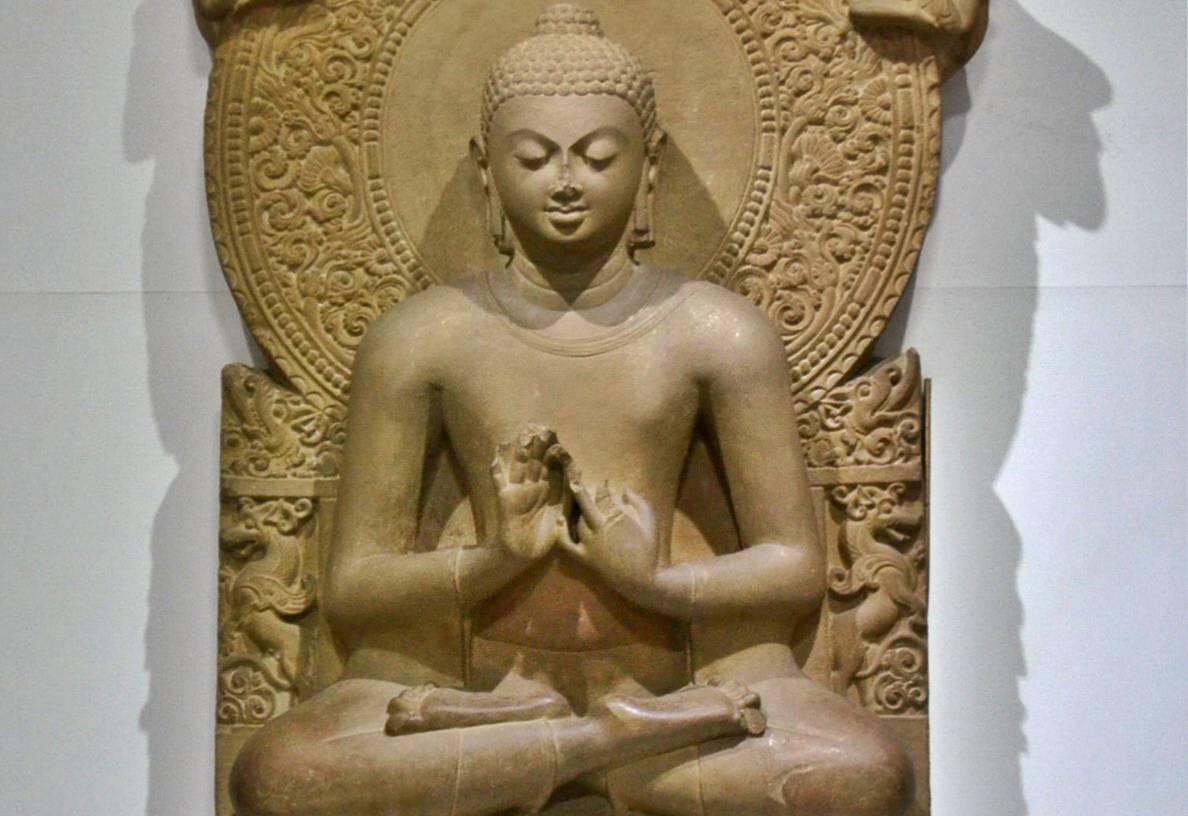 Phra Maha Thewapraphas Wachiranyanamethi, CC BY-SA 3.0, Wikimedia Commons
Phra Maha Thewapraphas Wachiranyanamethi, CC BY-SA 3.0, Wikimedia Commons
An Additional Sanskrit Inscription Was Located
At the very bottom of the statue of Buddha, an inscription in Sanskrit was dedicated to Roman Emperor Marcus Philippus (better known as Philip The Arab), who ruled Rome from 244 to 249 AD, after the death of Gordian III. Despite ruling for only five years, he presided over one of the most stable periods in centuries for the Roman Empire.
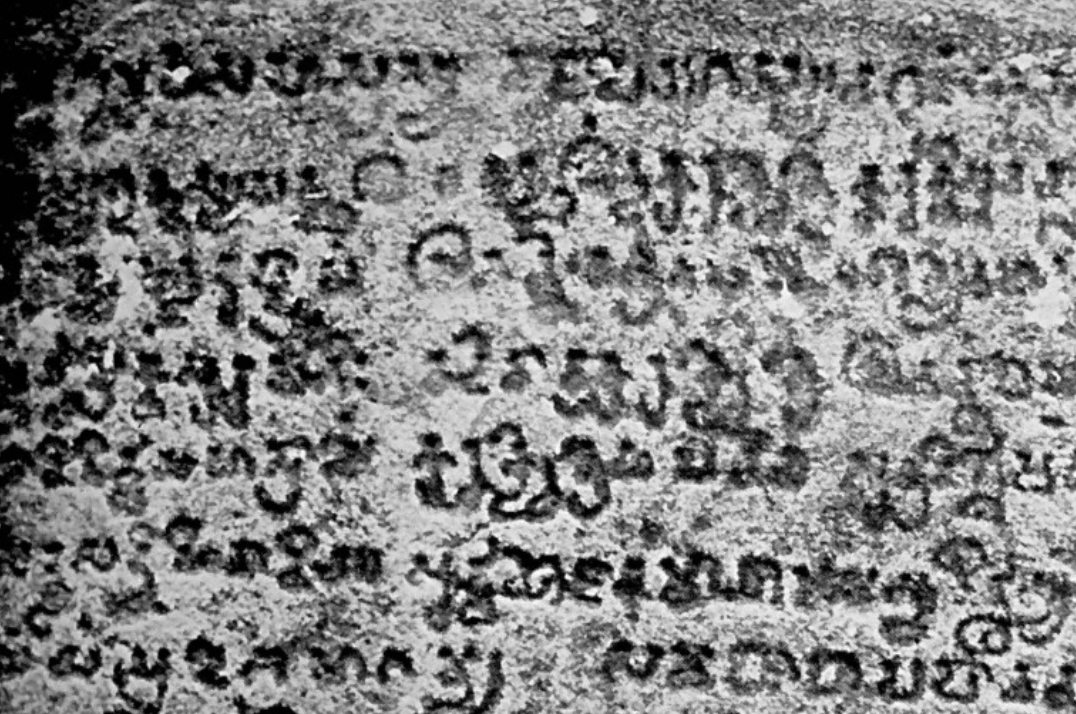 Ms Sarah Welch, Wikimedia Commons
Ms Sarah Welch, Wikimedia Commons
People Of Artistic Caliber & Those Willing To Buy The Statues
If this statue was simply a trading tool for artists and carvers, likely those with knowledge of the importance of Buddha to Indians visiting the Port of Berenice, or Indians themselves living in the Port of Berenice, trading with the Romans, such a gorgeously intricate carving required an incredible amount of skill. Likewise, the presence of the statue also excited archaeologists who speculated about the kinds of people who might be willing to buy such a piece.
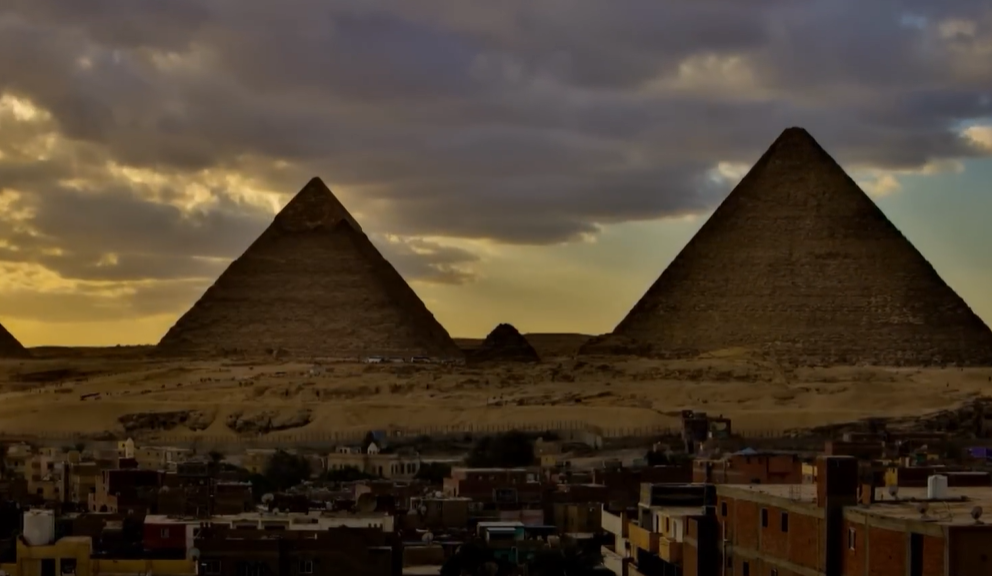 Buddha Statue in Egypt: Proof of India’s Ancient Global Links | Vantage with Palki Sharma, Firstpost
Buddha Statue in Egypt: Proof of India’s Ancient Global Links | Vantage with Palki Sharma, Firstpost
The First Buddha Found West Of Afghanistan
Perhaps most significantly, by locating the Berenike Buddha, archaeologists have found the only Buddha discovered west of Afghanistan, to date. This has opened new lines of inquiry and questions about how far Buddhism stretched as a religion during ancient times and when our understanding of it in the West began.
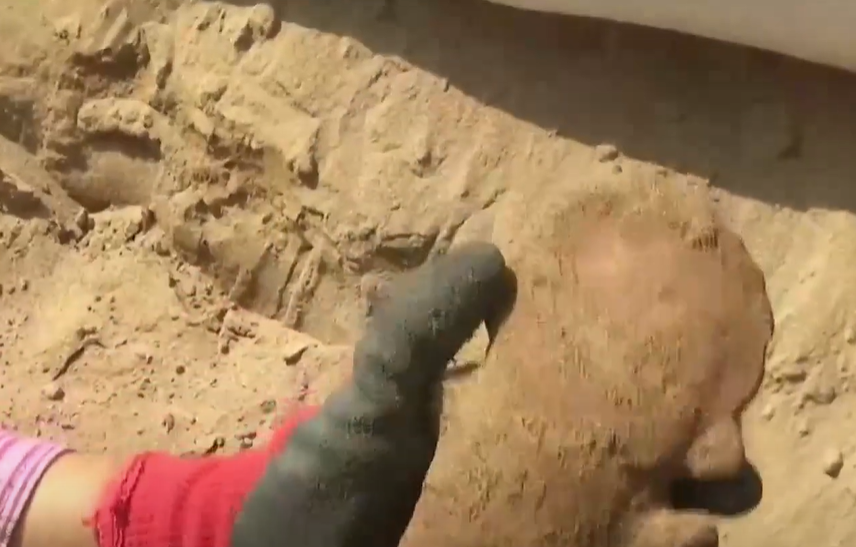 Egypt: Roman-era Buddha statue discovered, depicts ancient India-Egypt trade ties, WION
Egypt: Roman-era Buddha statue discovered, depicts ancient India-Egypt trade ties, WION
What Does It Mean?
Was the Berenike Buddha simply a trinket? A nice statue that the Romans looked at as piece of art? Or were there practicing Buddhist Roman citizens who would have taken great pride and solace in having a piece of their god in their home? Earlier Tamil scripts had put the first interactions between the Roman Empire and Buddhism in the 2nd century, but this statue may indicate that the religions and cultures were interacting more than a century earlier.
You May Also Like:
Archaeologists Find Ancient God In A Sewer
The Most Bizarre Facts About Every U.S. State


